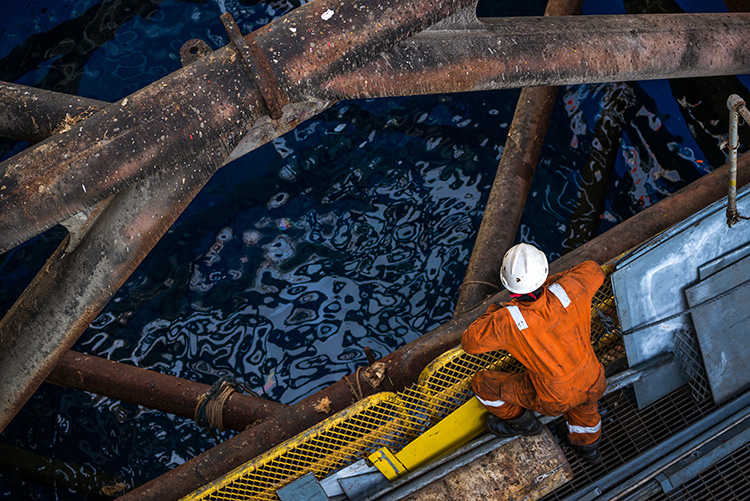Matching materials to environmental conditions
Matching materials to environmental conditions is a critical aspect of materials selection in engineering and design. The goal is to choose materials that can withstand the environmental factors they will be exposed to during their service life. Here are some common environmental conditions and how to match materials to them:

Temperature and Thermal Conditions:
High Temperatures: For applications with high temperatures, such as aerospace or automotive engines, materials like heat-resistant alloys (e.g., Inconel) or ceramics (e.g., silicon carbide) are suitable due to their high melting points and thermal stability.
Low Temperatures: In cryogenic applications, materials like stainless steel, aluminum, and certain plastics are chosen for their ability to maintain their mechanical properties at very low temperatures.
Thermal Expansion: Consider materials with low coefficients of thermal expansion for applications where dimensional stability is crucial.
Corrosion and Chemical Exposure:
Corrosion Resistance: In corrosive environments, materials like stainless steel, titanium, or corrosion-resistant coatings are used to prevent degradation due to chemical reactions.
Chemical Compatibility: Ensure materials are chemically compatible with the substances they will contact. Plastics, rubber, and certain alloys are often chosen for their resistance to specific chemicals.
Moisture and Humidity:
Water Resistance: Materials like stainless steel, plastics, and fiberglass are used in applications where exposure to moisture or humidity is common. Proper sealing and coatings are also essential.
UV Exposure and Weathering:
UV Resistance: Materials that resist UV radiation and weathering, such as UV-resistant plastics or coatings, are used in outdoor applications like construction or outdoor equipment.
Mechanical Stress and Load:
Mechanical Strength: Choose materials with the required mechanical properties, such as tensile strength and toughness, to withstand anticipated mechanical stresses.
Electrical and Magnetic Fields:
Electrical Insulation: Non-conductive materials like plastics, ceramics, or glass are used in applications requiring electrical insulation.
Magnetic Properties: Certain alloys may be chosen for their magnetic properties in applications like transformers or electric motors.
Radiation Exposure:
Radiation Resistance: In nuclear or space applications, materials that resist radiation, such as specific ceramics or radiation-hardened electronic components, are essential.
Biological and Medical Compatibility:
Biocompatibility: For medical implants and devices, materials must be biocompatible to avoid adverse reactions in the body. Materials like titanium, stainless steel, and medical-grade polymers are commonly used.
Abrasion and Wear:
Wear Resistance: In abrasive environments, materials like hardened steel, ceramics, or wear-resistant coatings are chosen for their ability to withstand wear and erosion.
Fire and Flame Exposure:
Fire Resistance: Materials with fire-resistant properties, such as fire-retardant polymers and refractory materials, are used in fire-prone environments.
When matching materials to environmental conditions, it’s crucial to conduct thorough material testing and evaluation, considering factors like temperature ranges, chemical exposure, mechanical stresses, and other relevant conditions. Collaboration between engineers, materials scientists, and designers is often necessary to make informed material selection decisions that ensure the longevity, safety, and performance of the product or structure in its intended environment.
